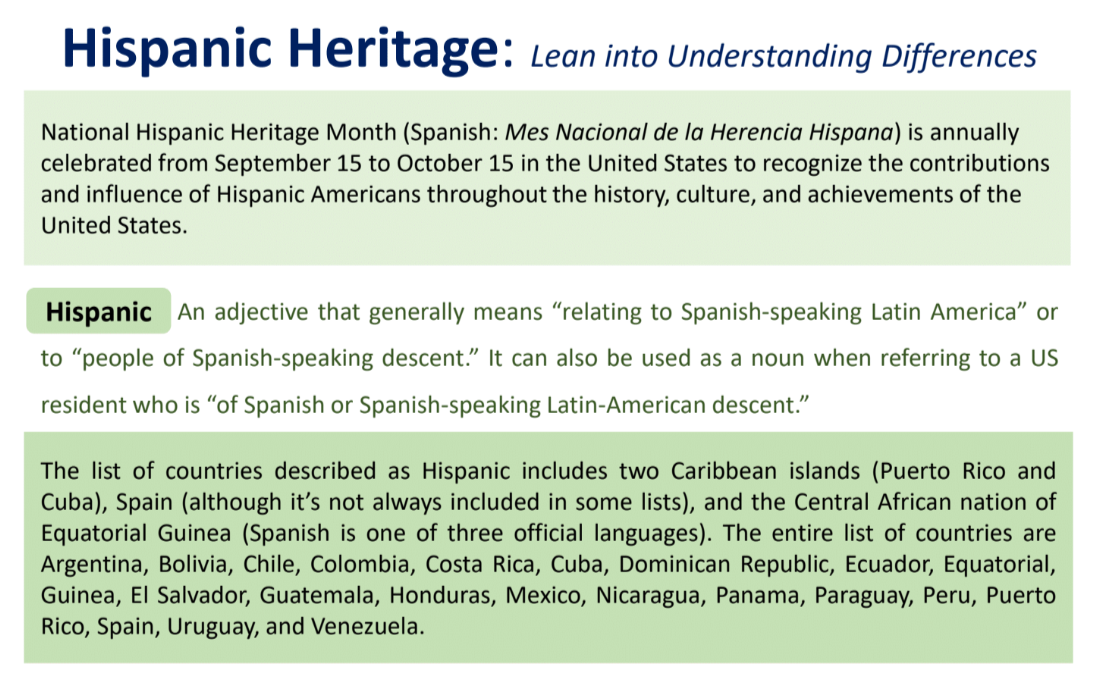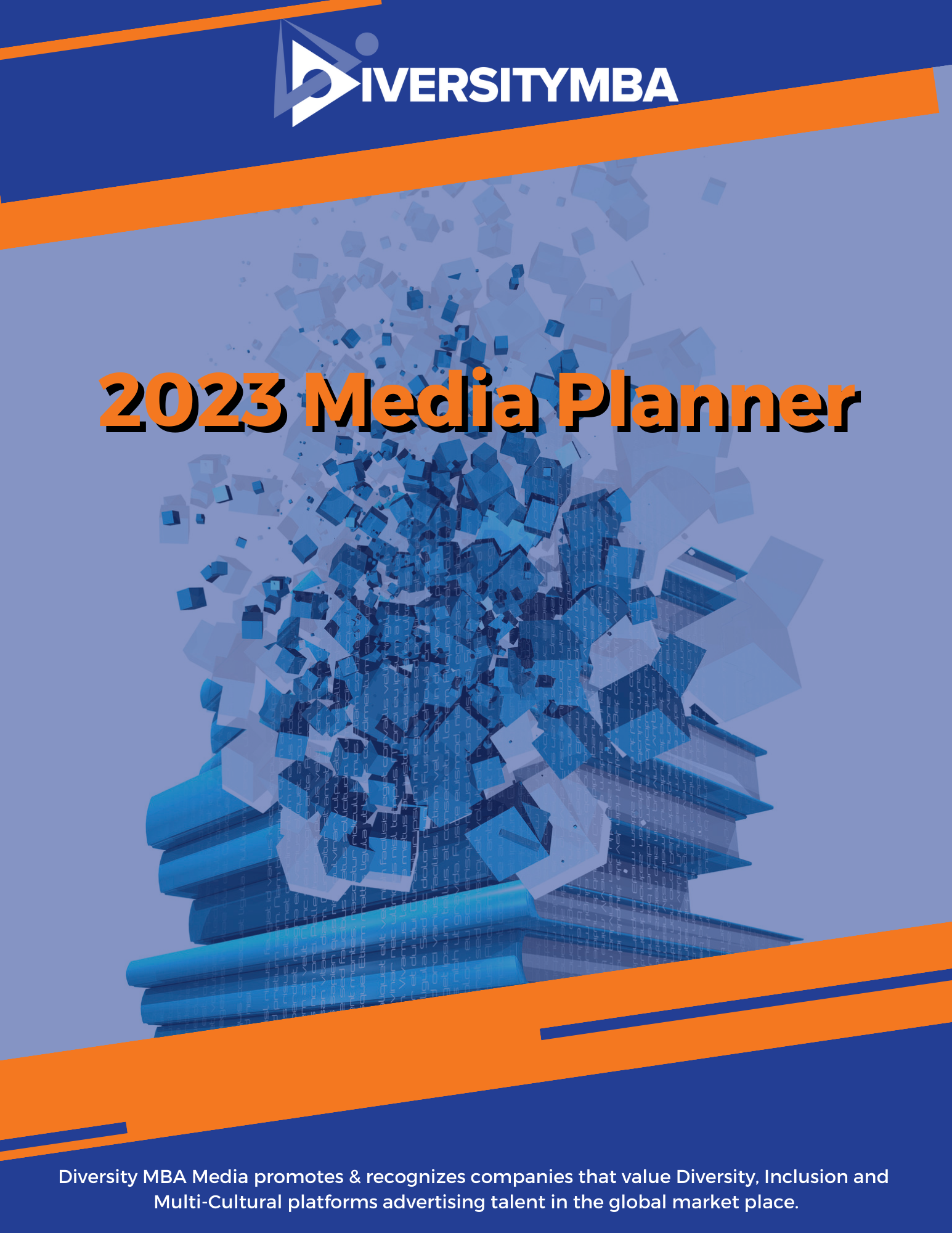By Pamela DeLoatch
International business has led to significant profits for many U.S. companies. Among firms listed in the S&P 500, 40 percent of profits come from overseas operations. Twenty-six percent of Wal-Mart’s $420 billion in revenue comes from overseas. Ford gets 51 percent of its $129 billion from overseas operations and IBM accrues 64 percent of its $100 billion in revenue from overseas business.
With so much opportunity coming from outside the United States, it is crucial that companies embrace diversity on a global scale.
It’s important to realize that diversity doesn’t look the same in every environment. For example, creating diversity in organizations in countries like Africa can be different than creating diversity in organizations operating stateside, said Cynthia Hardy Young, CEO and Founder of Pivot Global Partners. And the first step is to respect and honor local cultures, and understand that diversity in other countries may not be as simple as an issue of race.
Intraracial diversity
In Africa, Young said, diversity is not just about ethnicity. Although many employees may share the same skin color, they may come from different tribes and feel very divided. “Customs, traditions and groupings are different,” Young says about these groupings.
In some countries, there may be a diverse group of employees but they do not feel comfortable sharing ideas, Young says. A company that has a strong sense of hierarchy may inadvertently discourage employees in certain cultures from questioning leaders, therefore stifling innovation. Organizations that want to ensure that employees participate need to be aware of the cultural factors that might limit productive debate.
To ferret out those issues of diversity that can affect business, Young suggests working with all levels of the organization to diagnose the challenges. Several years ago, when she was tasked to improve diversity and inclusion at a global company, she created diverse teams with strong leaders who set the tone of inclusion immediately.
“You want to understand if you’re creating an environment where people can do their best and be most effective,” Young said.
Relying on local expertise
Creating a diverse atmosphere means actively involving local staff when gathering information and making decisions, said Kalyan Raman, Nielsen’s Global Buy Chief Technology Officer. Raman recalls trying to get information about a popular detergent used in Africa. It was called Mary’s Soap, but couldn’t be found on store shelves and wasn’t listed under any UPC or barcode. Researchers eventually found that Mary’s Soap was detergent sold in bulk. A woman from the village came to the city, bought soap, divided it into 10 pieces and shared the cost with other families in the village, since no one could afford to buy the whole block of soap independently. Without local insights, Raman said, it would be difficult to understand how to best market products to a culturally different environment.
Insights from local employees were helpful in understanding cultural differences in shampoo-buying habits in India, Raman says. In the U.S., it’s common to purchase bigger bottles of shampoo because it may cost less per ounce. But, for many in India, that big bottle costs too much. Instead, people are more inclined to buy a half-ounce or one ounce, one-time use size, which is more economical.
“There are a billion people in India, “ Raman said. “Even if you sell a good portion of smaller quantities, you’re making a huge impact.”
Understanding how locals buy shampoo or share soap is just the kind of information businesses need to successfully market their products, and it requires ground level leadership to leverage the power of being local, said Young. But that insight can only help a company if the local leaders are included in the organization, understand the mission and know that their participation is encouraged and expected.
The research suggests that being able to create a diverse environment in global markets is critical; that creating a workforce with a wide range of expertise, where all employees contribute, drives performance.
According to a study by the Center for Talent Innovation, diverse companies are more likely to have marketable ideas come to fruition. The Harvard Business Review reported that companies with diverse leaders are more likely to grow market share and capture new markets.
Even more convincing, a McKinsey & Company study of 180 publicly traded companies in France, Germany, the United Kingdom and the United States found that companies with the most diverse executive boards had a return on equity 53 percent higher than companies with the least diverse boards. In addition, the study found that earnings before interest at the most diverse companies were 14 percent higher than the least diverse companies.
Today’s global organizations recognize the necessity of creating a workforce that brings a variety of ideas to the table. The diversity that leads to innovative thinking includes not just race and gender, but also such factors as age, native country, language spoken, geographic location, marital status, religion, education, economic status, class, sexual orientation, technological expertise and work experience.
Next Steps in Global Diversity
Although diversity has been discussed for years, the majority of companies have not achieved a truly diverse and inclusive environment. But as people from other countries move to the United States, the workforce here at home is becoming more globally diverse as well. With the Census Bureau projecting that by 2043, the U.S. will become majority-minority, diversity programs, in the traditional sense, may well be a thing of the past.
With an understanding of the nevitability of diversity as well as its inarguable benefits, successful businesses will leverage the wealth of knowledge, perceptions and ideas that come from their vast groups of individual employees.








